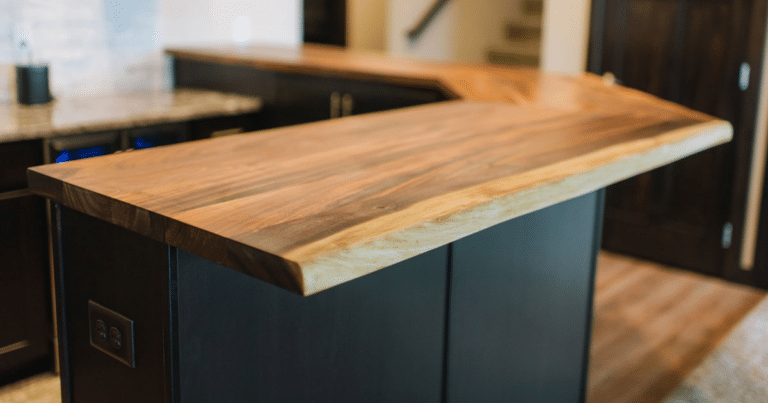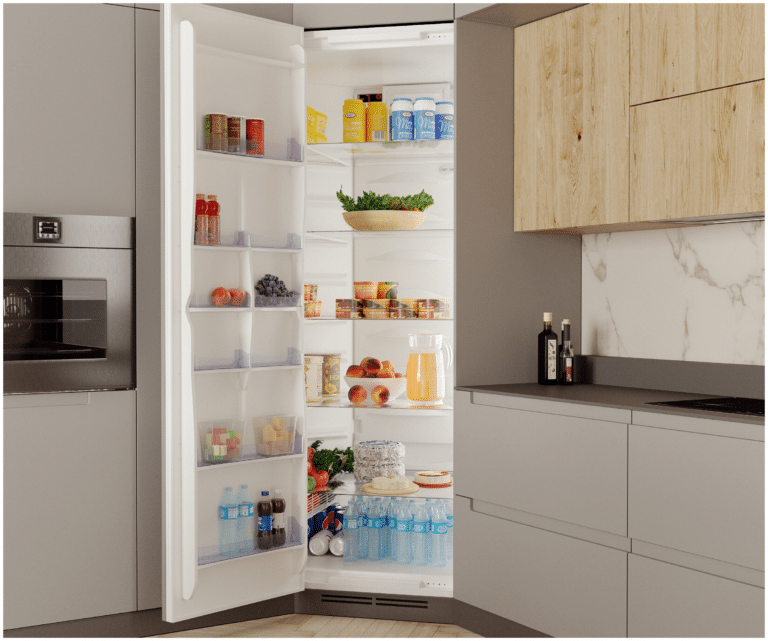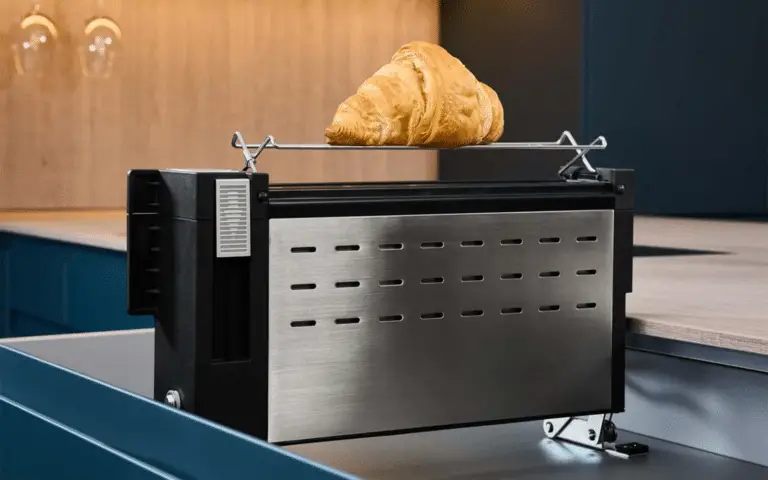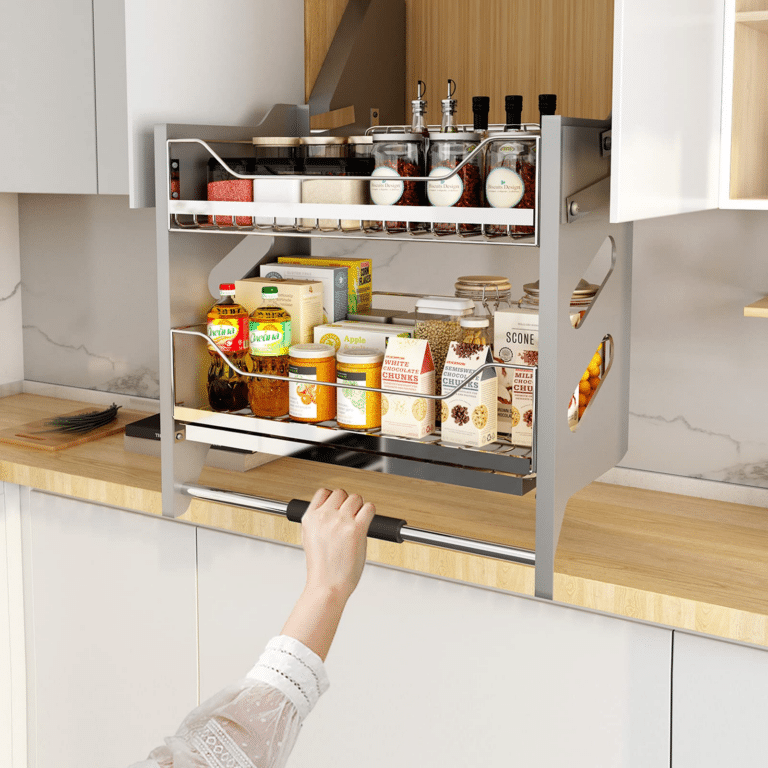Looking to enhance your kitchen with fresh herbs and veggies? Explore the world of Kitchen Island Hydroponic Gardens! Learn about the benefits of hydroponic gardening, top 5 plants for kitchen islands, essential care tips, designing ideas, and common challenges with solutions. Dive into this blog post to find out how to create a beautiful and thriving hydroponic garden right in your kitchen island. Let’s get growing!

Introduction to Kitchen Island Hydroponic Gardens
Welcome to the wonderful world of kitchen island hydroponic gardens! If you’re not familiar with hydroponic gardening, let me give you a quick rundown. Hydroponic gardening is a method of growing plants without soil by using nutrient-rich water solutions. The plants are typically grown in containers filled with a growing medium, allowing them to thrive in a controlled environment.

Now, you might be wondering why kitchen island hydroponic gardens are all the rage these days. Well, besides being a trendy design feature, they offer a plethora of benefits. Not only do they enhance the aesthetics of your kitchen island, but they also help improve indoor air quality by releasing oxygen and absorbing carbon dioxide. And let’s not forget the best part – you get to harvest fresh herbs and veggies right from your own kitchen!
So, whether you’re a seasoned gardener or a newbie looking to add some greenery to your home, kitchen island hydroponic gardens are a great option to consider.
Key Takeaways:
- Hydroponic gardening involves growing plants without soil using nutrient-rich water solutions.
- Kitchen island hydroponic gardens enhance aesthetics, improve indoor air quality, and provide fresh herbs and veggies.
- They are a great option for both seasoned gardeners and beginners looking to add greenery to their home.
Top 5 Hydroponic Plants Best for Kitchen Island
When it comes to setting up a hydroponic garden on your kitchen island, selecting the right plants is crucial for success. Not only do you want plants that will thrive in a hydroponic system, but you also want ones that will provide you with fresh herbs and veggies for your culinary endeavors. Here are the top 5 hydroponic plants that are perfect for your kitchen island garden:
Basil

Basil is a versatile herb that is a must-have for any kitchen. It not only adds a burst of flavor to dishes but also offers numerous health benefits. Basil is relatively easy to grow in a hydroponic system, requiring moderate sunlight and regular pruning to encourage bushy growth. With its quick growth rate, you’ll have a bountiful supply of fresh basil at your fingertips.
Mint

Mint is a refreshing herb that is perfect for adding a pop of freshness to beverages, salads, and desserts. It thrives in a hydroponic system, preferring indirect sunlight and consistently moist soil. Mint can be aggressive in its growth, so be sure to provide ample space for it to spread out. With proper care, you’ll have an endless supply of mint for your mojitos and teas.
Cherry Tomatoes

For those looking to grow something more substantial in their hydroponic garden, cherry tomatoes are an excellent option. These juicy, bite-sized tomatoes are perfect for snacking or adding to salads. Cherry tomatoes require a bit more attention than herbs, needing ample sunlight, support for their vines, and consistent watering. However, the reward of plucking ripe tomatoes straight from the vine is well worth the effort.
Lettuce

Lettuce is a staple in any kitchen, and growing it hydroponically ensures a constant supply of fresh salad greens. Lettuce is a low-maintenance plant that thrives in a hydroponic system with moderate sunlight and regular watering. With its quick growth cycle, you can enjoy multiple harvests of crisp, flavorful lettuce leaves.
Chives

Chives are a versatile herb that adds a mild onion flavor to a variety of dishes. They are easy to grow in a hydroponic system, requiring moderate sunlight and regular pruning to encourage new growth. Chives can be continuously harvested, providing you with a reliable source of fresh herbs for your meals.
In conclusion, choosing the right plants for your kitchen island hydroponic garden is essential for success. By selecting plants like basil, mint, cherry tomatoes, lettuce, and chives, you can enjoy a bountiful harvest of fresh herbs and veggies right in your kitchen. With proper care and attention to their specific growing conditions, these plants are sure to thrive and enhance both the aesthetics and functionality of your kitchen island garden.
Essential Care Tips for Hydroponic Kitchen Island Plants

Growing your own hydroponic plants on your kitchen island can be a rewarding experience, but it does require a bit of effort to ensure that your plants thrive. In this section, we will delve into the essential care tips for maintaining healthy and vibrant hydroponic plants in your kitchen.
1. Sunlight Requirements
One of the key factors in successfully growing hydroponic plants is providing them with adequate sunlight. Since you’re likely growing these plants indoors, it’s crucial to place them in a spot where they can receive plenty of natural light. Consider placing your kitchen island garden near a window or under grow lights to mimic the effects of sunlight.
2. Water and Nutrient Management
Hydroponic plants rely on water and nutrient solutions to thrive, so it’s important to monitor and maintain the correct balance. Be sure to regularly check the water levels in your hydroponic system and top up with fresh water as needed. Additionally, keep an eye on the nutrient levels to ensure that your plants are receiving the essential vitamins and minerals they need to grow.
3. Temperature Control

Maintaining the right temperature for your hydroponic plants is crucial, as they are sensitive to extreme heat or cold. Keep your kitchen island garden in a location with consistent temperatures and avoid placing them near drafty windows or heat sources. Investing in a thermometer can help you monitor the temperature and make adjustments as needed to create an optimal growing environment.
4. Pests and Disease Prevention
Just like traditional plants, hydroponic plants can be susceptible to pests and diseases if not properly cared for. Keep a close eye on your plants for any signs of pests such as aphids or spider mites, and take action promptly to prevent infestations. Regularly clean your hydroponic system and ensure that the water and nutrient solutions are free from contaminants to minimize the risk of disease.
By following these essential care tips for your hydroponic kitchen island plants, you’ll be well on your way to cultivating a thriving and beautiful garden right in your own home. Remember, a little bit of attention and care goes a long way in ensuring the health and vitality of your plants.
Designing Your Kitchen Island Hydroponic Garden

When creating your very own kitchen island hydroponic garden, the possibilities are endless. Not only does it provide you with fresh herbs and veggies at arm’s reach, but it also adds a touch of greenery to your cooking space. Let’s explore some design ideas to make your hydroponic garden a focal point in your kitchen.
Integrating a Hydroponic Garden Into Your Kitchen Island
One of the best ways to incorporate a hydroponic garden into your kitchen island is by having a built-in system. This allows you to utilize the space efficiently while keeping your plants easily accessible. Imagine whipping up a delicious meal and plucking fresh basil or cherry tomatoes right from your island – talk about convenience!
Another creative way to integrate a hydroponic garden into your kitchen island is by using hanging systems. You can install hooks or rods above your island to suspend your plants, creating a beautiful and functional display. Not only does it save counter space, but it also adds a unique design element to your kitchen.
Selecting the Right Containers and Arrangement
When it comes to choosing containers for your kitchen island hydroponic garden, opt for sleek and stylish options that complement your kitchen decor. Consider using glass or clear plastic containers to showcase the root systems of your plants, adding an interesting visual element to your space.
Arrange your plants strategically on your kitchen island to create a visually appealing layout. Mix and match different types of plants to add variety and color to your garden. Consider grouping plants with similar care requirements together, making it easier for you to maintain and harvest them.
Remember, the key to a successful kitchen island hydroponic garden is to find the perfect balance between functionality and aesthetics. By carefully selecting containers and arranging your plants thoughtfully, you can create a beautiful and thriving garden right in your own home.
Common Challenges and Solutions for Kitchen Island Hydroponic Gardens
Growing plants in a kitchen island hydroponic garden comes with its fair share of challenges, but fear not! With the right know-how and a bit of patience, you can easily overcome them and enjoy a thriving indoor garden all year round. Let’s dive into some of the common challenges you might encounter and the solutions to keep your plants healthy and happy.
Pests
One of the most frustrating challenges faced by hydroponic gardeners is dealing with pests. Those tiny critters can wreak havoc on your plants, leading to stunted growth or even death. To combat this issue, it’s essential to regularly inspect your plants for any signs of pests such as aphids, spider mites, or whiteflies.
A natural solution to this problem is introducing beneficial insects like ladybugs or predatory mites into your garden. These insects will prey on the harmful pests, keeping their population in check and your plants safe. Additionally, you can create a homemade insecticidal soap using water, dish soap, and a few drops of neem oil to spray on affected plants.
Disease

Just like outdoor gardens, hydroponic plants are susceptible to various diseases that can quickly spread and destroy your entire crop. The key to preventing diseases is maintaining a clean and sterile environment for your plants. Always wash your hands before handling your plants, and regularly clean your equipment and growing containers with a diluted bleach solution.
If you notice any signs of disease such as yellowing leaves or mold growth, remove the affected plants immediately to prevent further spread. Adjusting the nutrient solution’s pH and ensuring proper ventilation can also help deter the growth of harmful pathogens.
Inadequate Nutrient Levels
Maintaining the correct nutrient balance in your hydroponic system is crucial for plant growth and health. If your plants are showing signs of yellowing leaves or slow growth, it might be due to inadequate nutrient levels in the water. Regularly monitor the nutrient levels in your reservoir and adjust them as needed to ensure your plants receive all the essential elements they need to thrive.
Adding a high-quality hydroponic nutrient solution rich in macronutrients like nitrogen, phosphorus, and potassium can help rectify any deficiencies and promote robust plant growth. Remember to follow the manufacturer’s recommendations for dosage and application to prevent nutrient burn or toxicity in your plants.
In conclusion, while challenges may arise when cultivating a kitchen island hydroponic garden, staying vigilant and proactive is key to maintaining a successful indoor garden. By following these solutions and troubleshooting steps, you can ensure your plants remain healthy, happy, and flourishing in your kitchen.
Harvesting Happiness: A Lively Conclusion to Kitchen Island Hydroponic Gardens
In closing, creating a vibrant kitchen island hydroponic garden is not only a feast for the eyes but also a bountiful source of fresh herbs and veggies. Remember, with the right plants, care tips, design elements, and troubleshooting techniques, your indoor garden can thrive and flourish. So, roll up your sleeves, get your hands dirty, and watch your hydroponic garden bloom with flavor and beauty! Happy gardening!








